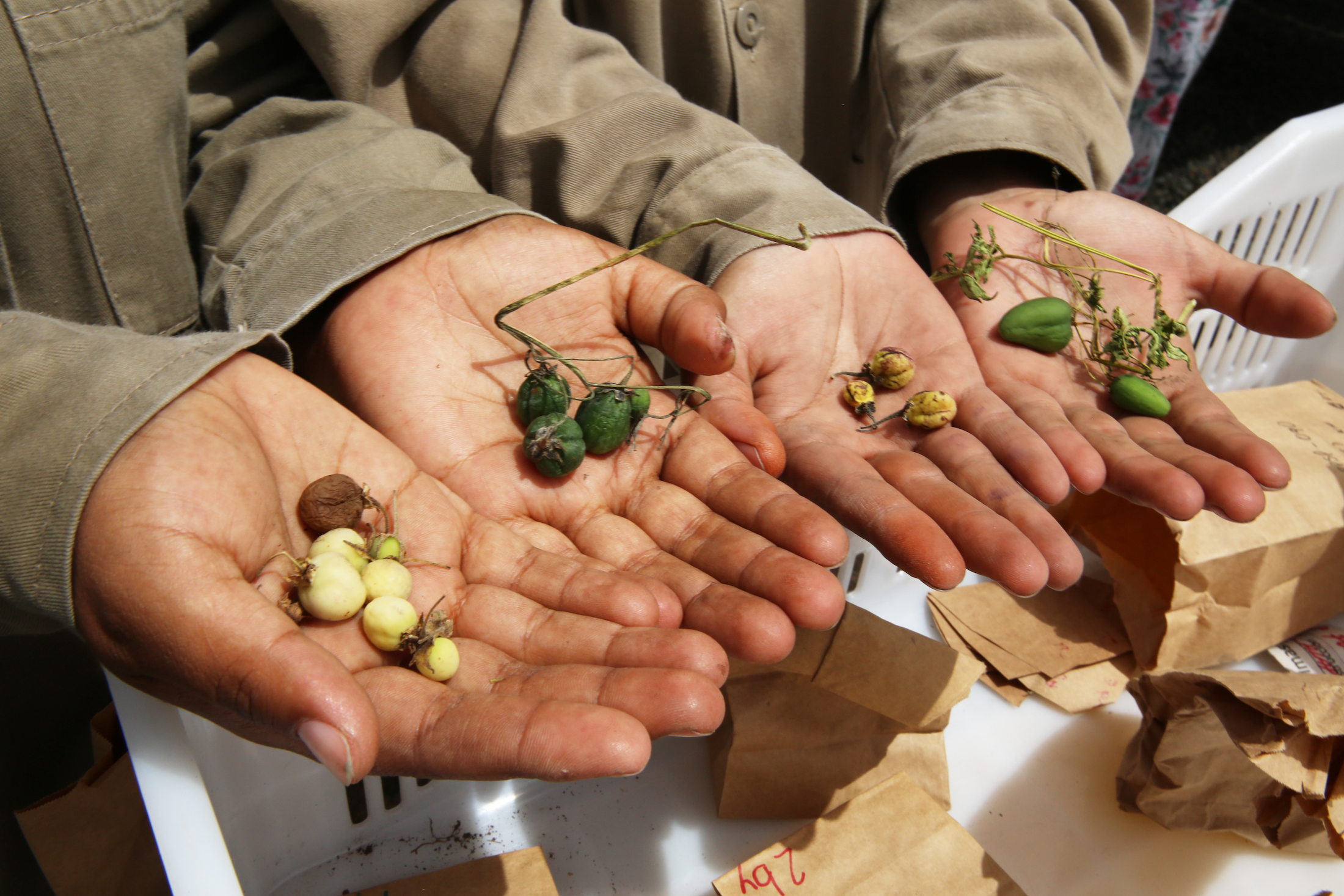- As carbon emissions rise and the planet warms, domesticated crops like rice and wheat are losing nutritional value, and climate disasters are putting harvests and farmland at risk.
- Scientists keep seeds from important crops locked in seed vaults, but most vaults lack seeds from the wild relatives of important crops.
- Those wild cousin plants may be more adaptable to changing climates and could one day be used to mitigate food insecurity around the world.
- So an international non-profit called the Crop Trust scoured 25 countries to find 371 wild relatives of plant species like potatoes, rice, and carrots.
- Visit Business Insider’s homepage for more stories.
In case a catastrophe hits, seeds from most plant species are locked safely in vaults deep within the Earth – a kind of agricultural insurance policy.
But a group of researchers is convinced this insurance doesn’t quite cover all our bases.
According to an international non-profit called the Crop Trust, many seed vaults lack seeds from the wild cousins of domesticated crops, including some species of wild rice, lentils, potatoes, and carrots.
These wild crop relatives could be crucial in the effort to make the world’s food system more resilient to climate change. Already, some domesticated crops are faltering in the face of extreme temperatures and drought. Those crops’ wild cousins, however, could hold the genetic key to increasing their hardiness.
So for the last six years, more than 100 Crop Trust scientists have been scouring the planet for seeds.
The scientists traveled to 25 countries to find these species, according to a report the non-profit released on Tuesday.
All told, the scientists collected more than 4,600 seed samples from 371 species of plants - many of which are endangered- related to 28 globally important crops.
"We have made incredible progress tracking down crop wild relatives that could hold the key to food's survival," Marie Haga, the outgoing executive director of the Crop Trust, said in a press release. "But there is more to be done, and as threats to the world's biodiversity mount, this work is more urgent than ever."
Here's what the six-year quest looked like.
Seeds vaults and seed banks around the world store back-up seeds for all major food crops.

These vaults are the most important agricultural safeguard in the world.
The largest seed vault in the world, the Global Seed Vault, holds more than 983,500 seed samples.

The Crop Trust oversees the vault in partnership with the Norwegian government. According to the non-profit, seeds from almost every country in the world are housed there, and the vault is the "ultimate insurance policy for the world's food supply."
The idea is that in the event of a global disaster, people from anywhere in the world should be able to withdraw seeds for crops that they'd need to re-grow.
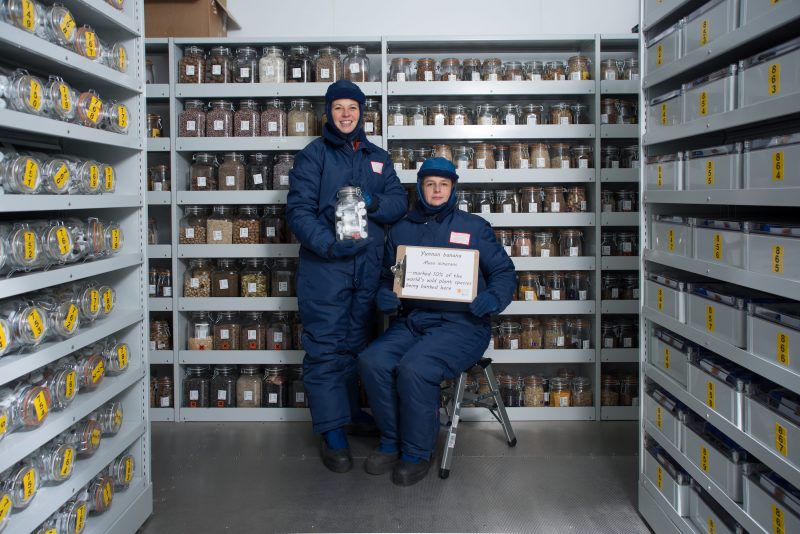
Seed vaults also preserve the genetic diversity of available food crops, storing as many plant varieties as we can find.
But according to Crop Trust researcher Nora Castañeda-Álvarez, some of these seed banks lack crucial samples.
"We found chinks in the armor of the global food system: Many important species were entirely absent from these collections or were seriously underrepresented in them," she said in a release. "We needed an urgent rescue mission to find and safeguard as many crop wild relatives as possible."
The problem is that as climate change alters precipitation patterns and increases the frequency and intensity of severe weather, it will become more challenging to grow enough food for the world's population.
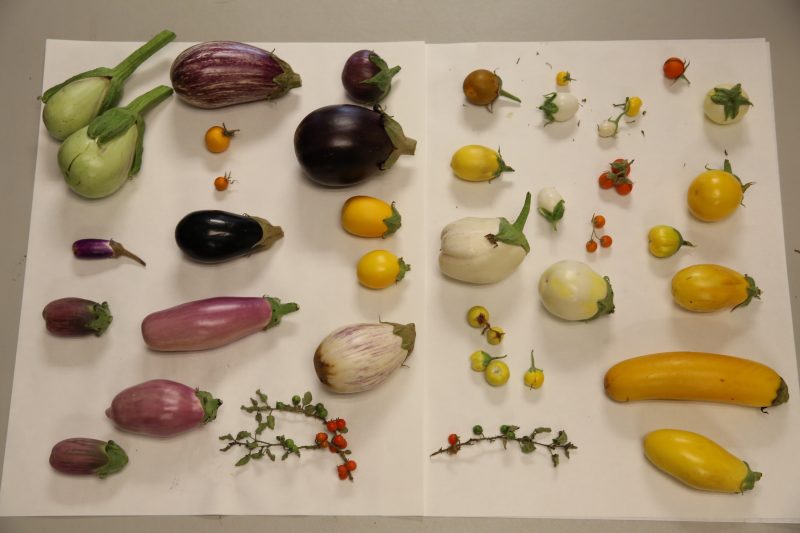
Extreme weather events like storms and heat waves act as "triggers or stress-multipliers" on food prices and food security, Cynthia Rosenzweig, a co-author of a recent report from the United Nations' Intergovernmental Panel on Climate Change, said.
What's more, increased carbon-dioxide levels in the atmosphere lower the nutritional value of food staples like rice and wheat.
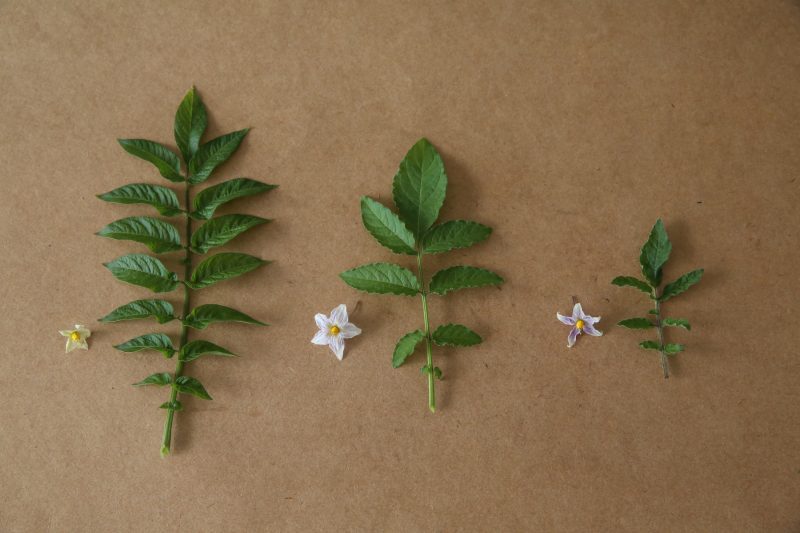
Research has shown that growing these crops in environments with higher levels of carbon dioxide decreases their concentrations of protein, zinc, and iron.
That's a dire threat for the 821 million people who are already undernourished worldwide.
Currently, 76% of the world's population derives most of its daily protein from plants, which is why researchers expect climate change to catalyze a global food crisis.
A recent report warned that global agricultural production will drop by one-third if farmers do not immediately start planting crops that are resilient to climate change.
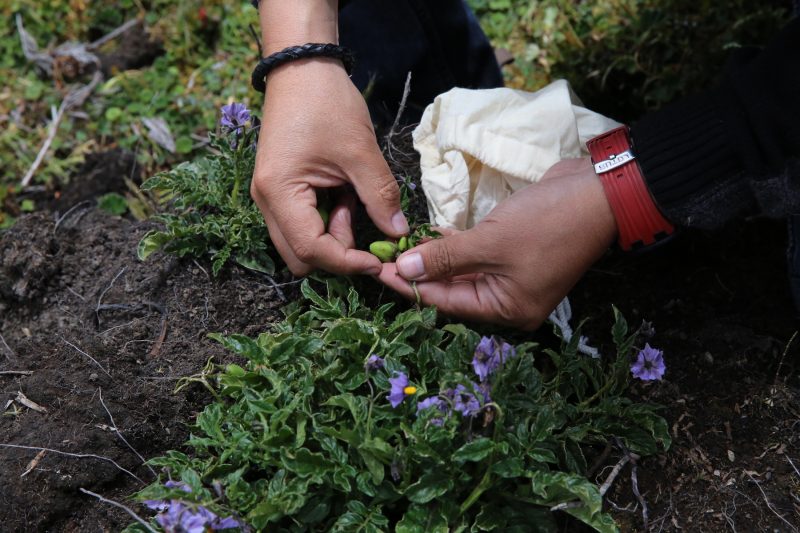
According to the Crop Trust, domesticated crops - which are often the result of genetic tweaking - lack the genetic make-up necessary to stand up to severe conditions like heatwaves, temperature extremes, and wildfires.
The wild relatives of staple crops are generally hardier than their domesticated counterparts.
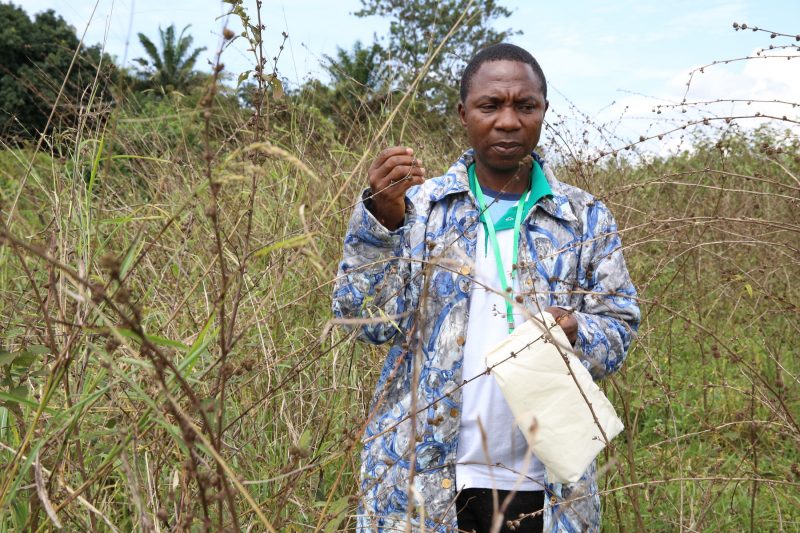
"If we are to feed a growing population, we need to make our food crops more resilient. And crop wild relatives can help breeders develop new 'climate-proof' varieties," Haga said.
Some wild varieties of staple crops have developed tolerance to heat and drought, and defense systems that protect them from pests and diseases.
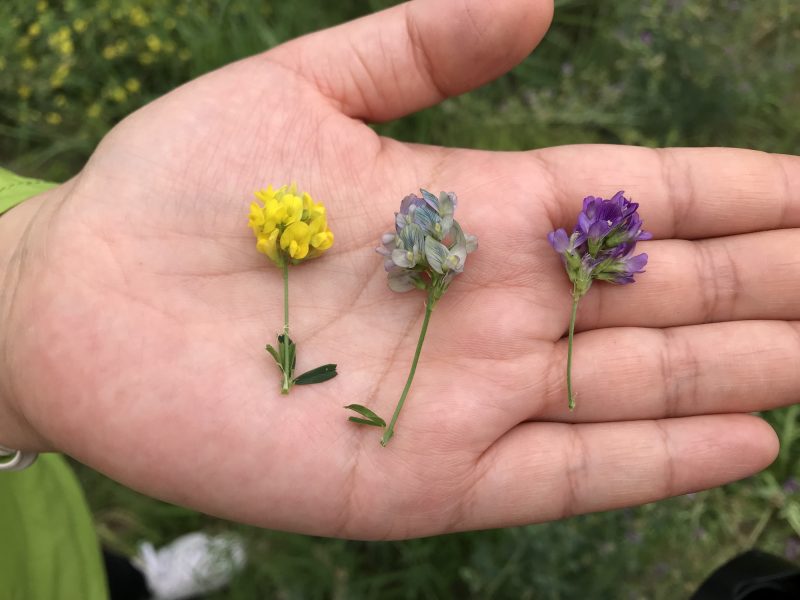
"These wild plants ... hold the genetic diversity which breeders will need to improve those crops so we can feed 9 billion people with nutritious food," Hannes Dempewolf, senior scientist and the head of global initiatives at the Crop Trust, said in a press release.
So Haga, Dempewolf, and more than 100 other scientists from the Crop Trust spread out across the globe in search of wild crop relatives.

Over the course of six years, the researchers visited 25 countries.
They tracked down 371 wild relatives of 28 staple crops.
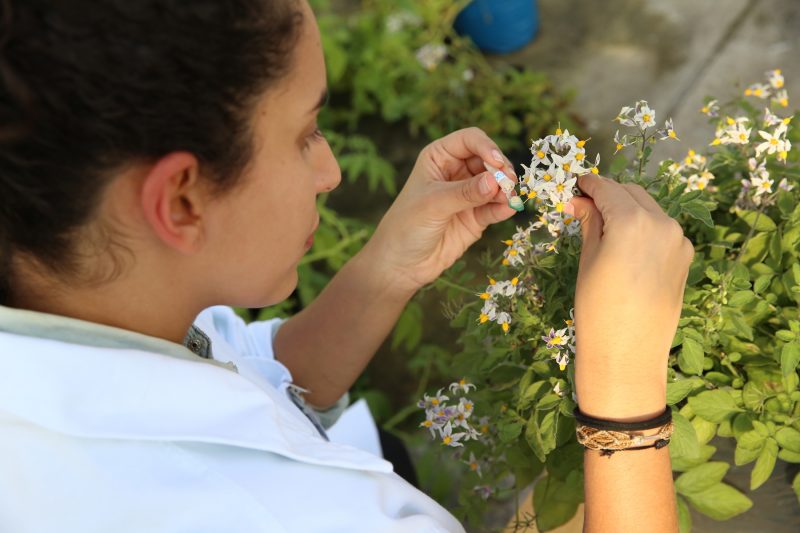
These crops included wild bananas, lentils, chickpeas, potatoes, sorghum, and carrots.
They collected 4,644 seed samples.

All told, the scientists spent a collective 2,973 days in the field.
After the collected seeds are dried, scientists clean them to remove unwanted dust and debris.
''Cleaning is what takes the longest. Then, there's the x-raying, the counting, the banking, and the germination testing," Janet Terry, seed collection manager at the Millennium Seed Bank, said.
In Nepal, seed collectors had to travel by elephant to ward off Bengal tigers and aggressive rhinos.

"The expeditions were not a walk in the park," Dempewolf said. "They were perilous at times, and physically demanding, with heat, dust, sweat and danger from wild animals - from blood-sucking leeches to tigers."
The seed collectors' stories from the field often sounded like scenes from an Indiana Jones movie, Dempewolf added.

In Ecuador, during a group's fourth attempt to find an elusive type of wild rice, they had to wear shin-high plastic boots with metal tips to protect their legs from venomous snakes.
In Central America, collectors tracked down wild potatoes, beans, and rice.

In total, researcher collected 332 samples of wild rice from 12 countries.
They also collected 131 samples of nine different banana species found deep in the forests of Malaysia, Nepal, and Vietnam.

In the past, collectors could easily find wild bananas. Now, they have to venture deeper into the disappearing rainforests of southeast Asia and collect them before monkeys eat them.
The bananas we eat today are particularly vulnerable to disease outbreaks.

Since the 1940s, a fungus called Panama disease has destroyed countless banana plantations. In August, Colombian authorities declared a state of emergency after a strain of the disease arrived in the country.
According to Crop Trust scientists, the banana's wild cousins could help breeders develop varieties resistant to this fungus and other diseases, as well as drought.
But some of the wild species that the scientists hoped to find are already gone.
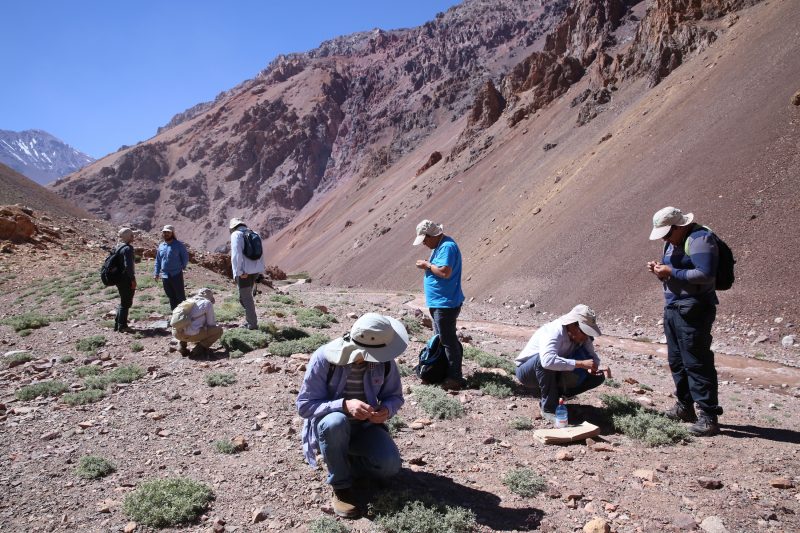
Despite crop relatives' resilience, deforestation and urban development are cutting into wild plant species' habitats, causing extinctions.
In some Costa Rican fields, seed collectors had once found wild rice. Now those areas hold tilapia ponds or have been razed to make room for sugarcane plantations.

In the Maule region of Chile, a fire destroyed 4,000 hectares, including the habitat of a wild form of barley. Determined collectors only managed to collect one sample from that species.
But for the most part, the Crop Trust team succeeded in its quest.

The 4,644 samples collected include a carrot relative that grows well in salty water, an oat wild relative resistant to mildew, and the difficult-to-find wild variety of the Bambara groundnut.
The collected seed samples have been added to multiple banks around the world.

They are also now available to breeders and farmers everywhere.
Researchers at the University of California, Davis and other institutions are now working to cross-breed wild and domestic species.
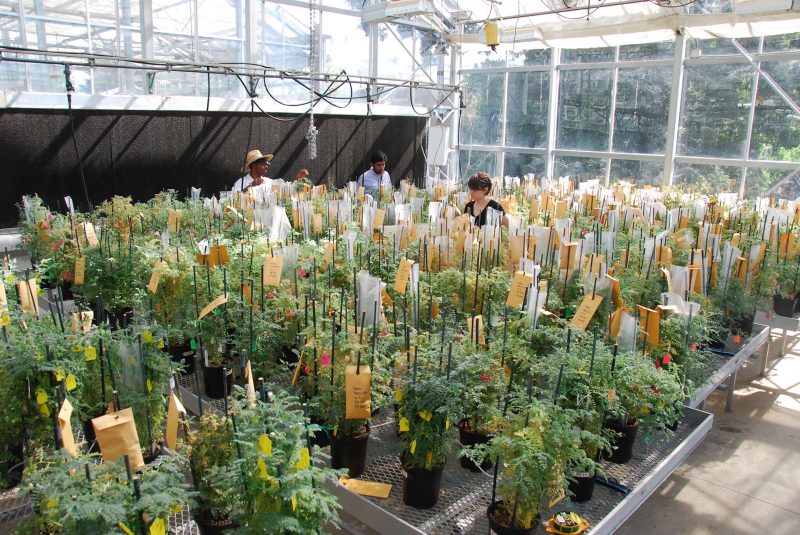
Crossing wild relatives with their domesticated counterparts may help breeders develop new, resilient crop varieties that are better able to adapt to temperature extremes and climate unpredictability.
Morgan McFall-Johnsen contributed reporting.

